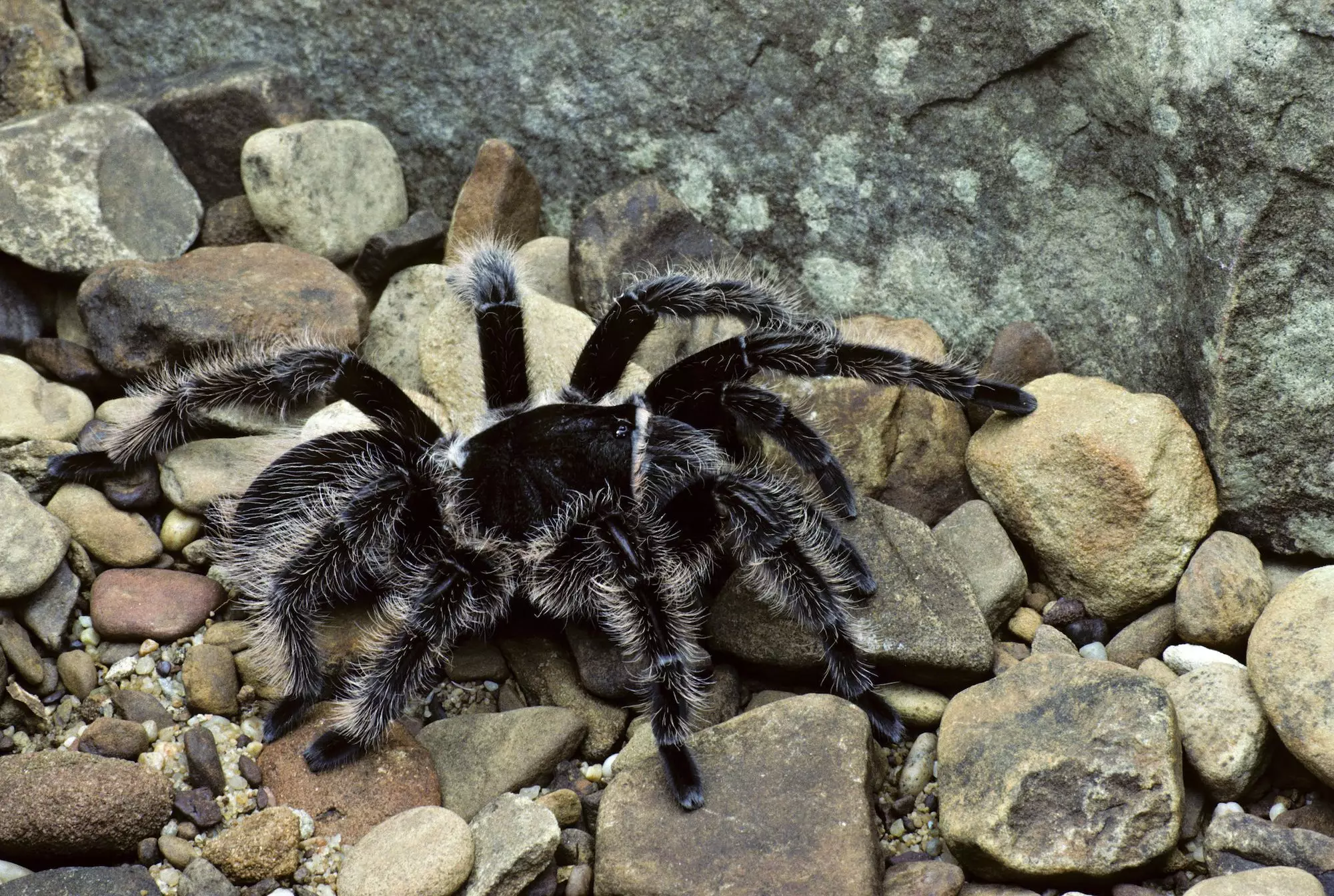The Curly Hair Tarantula, scientifically known as *Tliltocatl albopilosus*, was previously classified under the genus *Brachypelma*. This intriguing creature, often referred to as the wooly tarantula due to its distinctive body covered with curly bristles, exhibits a fascinating appearance that attracts both enthusiasts and potential pet owners. With a leg span of approximately 5 to 6 inches and a lifespan of up to 10 years, particularly for females, these spiders originate from the tropical rainforests of Central America, primarily in countries such as Costa Rica, Honduras, and Nicaragua.
As habitat loss poses a threat to their populations, many curly hair tarantulas are bred in captivity, providing an ethical alternative for hobbyists looking to keep this species as a pet. This practice is essential not just for preserving wild populations but also for ensuring that pet owners can acquire healthy and well-cared-for specimens.
An essential aspect of caring for a curly hair tarantula involves creating an appropriate living environment that closely mimics their natural habitat. A terrarium with a capacity between 5 to 10 gallons is ideal, with an emphasis on providing ample ground space rather than height, as these spiders are primarily ground-dwellers.
To ensure the spider thrives, the enclosure should maintain temperatures between 75°F to 85°F, which can be achieved through the use of heating pads placed underneath the tank. Additionally, humidity levels must be monitored and kept around 65-70% using a hygrometer. Misting the habitat occasionally can help control moisture levels.
Adding substrate layers of peat moss, chemical-free potting soil, or coconut husk at least 3 inches deep is crucial for burrowing behavior, while structures like cork bark or clay pots create necessary hiding spots that allow your tarantula to feel safe.
Feeding curly hair tarantulas requires an understanding of their dietary needs and natural hunting behavior. They thrive on live prey such as crickets, roaches, and waxworms, with a feeding schedule that varies based on their age. Young tarantulas typically need to be fed every two to five days, while adults can be fed weekly.
When feeding, it’s essential to drop the prey near the spider during the evening when they are more likely to be active. Monitoring for uneaten prey after 24 hours ensures that the enclosure remains clean and reduces the risk of stress for your pet. Providing a shallow water dish can also help with hydration, although the majority of their moisture intake should come from their food.
Curly hair tarantulas are renowned for their calm and docile temperament, making them a preferred choice for novice pet owners. However, they can be easily startled. When interacting with your tarantula, it’s important to approach them gently and with caution. While some individuals may tolerate light handling, it’s crucial to minimize this to avoid causing undue stress.
These spiders may exhibit defense behaviors, such as kicking irritating hairs from their abdomen or delivering a venomous bite when feeling threatened. While their bite is likened to a bee sting for most people, individuals with allergic reactions may experience severe discomfort and require immediate medical attention.
Regular interaction involves observing their habits and behaviors in their habitat rather than handling, which can be both rewarding and educational.
Maintaining the correct environmental conditions significantly reduces the risk of health issues for curly hair tarantulas. Owners should remain vigilant for signs of lethargy or reduced feeding, which often indicates that a spider is preparing to molt—a natural and critical process where they shed their exoskeleton. During this time, it’s vital to avoid introducing any live prey into the enclosure as it could injure a vulnerable spider.
Post-molt, the new exoskeleton must harden before the tarantula can safely resume normal activities. Molting can take weeks, during which owners are encouraged to avoid unnecessary handling to protect the spider’s delicate new integument.
For those drawn to the enchanting world of exotic pets, the curly hair tarantula presents a blend of allure and accessibility. With their low-maintenance needs, intriguing behaviors, and unique aesthetics, they can make rewarding pets for those willing to respect their limitations and care requirements.
Potential owners should source their tarantulas from reputable breeders or rescues to ensure they are adopting healthy animals. Prices can vary, averaging between $20 and $50, often influenced by the spider’s age and gender. Ultimately, as long as proper precautions are taken and a suitable environment is provided, curly hair tarantulas can flourish as captivating additions to any exotic pet collection.

